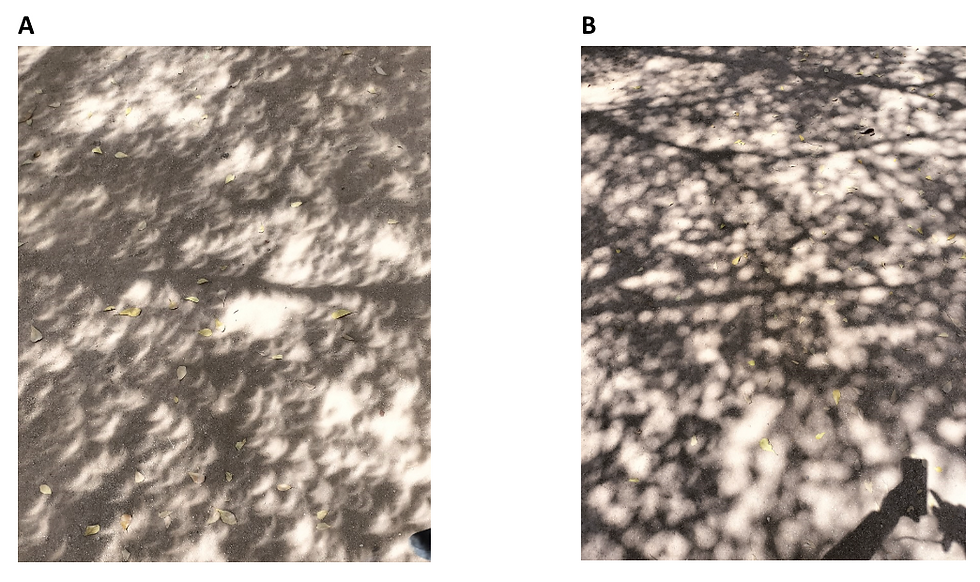The intriguing realm of optics in coral ecosystems
- Emiliano Terán
- Apr 20, 2023
- 2 min read

Coral reefs, natural wonders filled with diverse marine life and vibrant structures, face increasing challenges due to climate change, pollution, and overfishing. Beyond their beauty, corals harbor fascinating secrets about optics and their interaction with light, crucial aspects for their survival. In this blog, we will explore how corals harness light in their environment and discuss a study published in Applied Optics that illuminates this intriguing topic.
Corals and their symbiotic relationship
Reef-building corals have a symbiotic relationship with microalgae called zooxanthellae, which live in their tissues and provide organic carbon and oxygen through photosynthesis. To accomplish this, zooxanthellae require light, which corals absorb and use efficiently, revealing the fascinating world of coral optics.
The light environment within corals is complex, influenced by multiple scattering events among water, the coral skeleton, and the tissue layer. A recent study in Applied Optics proposed a simplified optical model of coral, consisting of three layers: a thin zooxanthellae tissue layer, a water layer, and a thick skeleton layer.
Discovering the optical model of corals
This model enabled researchers to analyze light scattering inside corals and the interactions between different layers and light. A key finding of the study is that the coral skeleton acts as a light enhancer and homogenizer for the zooxanthellae layer, increasing light intensity and reducing spatial variability in the tissue. This allows zooxanthellae to optimize available light for efficient photosynthesis.
The study also found that the enhancement factor in light absorption by zooxanthellae depends on the thickness and optical properties of the tissue layer, as well as the angle and wavelength of incident light. Furthermore, flat corals exhibited a higher enhancement factor than hemispherical corals due to a higher reflection coefficient at the water-skeleton interface.
The knowledge gained from this study on coral optics is crucial for understanding how corals cope with different light environments and respond to environmental stressors, such as bleaching or diseases that can reduce photosynthetic efficiency. Additionally, this knowledge has implications for coral conservation, restoration efforts, and optical imaging techniques in coral reef monitoring.
Final thoughts
In summary, the study in Applied Optics highlights the significance of optics in coral survival and their symbiotic relationship with zooxanthellae. By understanding how corals utilize light, we can improve conservation and restoration strategies, as well as develop advanced optical imaging techniques. As we continue investigating the relationship between corals and light, we will be better prepared to address environmental challenges and protect these vital ecosystems for future generations.
Emiliano Teran
References
1. Terán, E., Méndez, E. R., Enríquez, S., & Iglesias-Prieto, R. (2010). Multiple light scattering and absorption in reef-building corals. Applied optics, 49(27), 5032-5042.
2. Enríquez, S., Méndez, E. R., & ‐Prieto, R. I. (2005). Multiple scattering on coral skeletons enhances light absorption by symbiotic algae. Limnology and Oceanography, 50(4), 1025-1032. https://doi.org/10.4319/lo.2005.50.4.1025



Comments